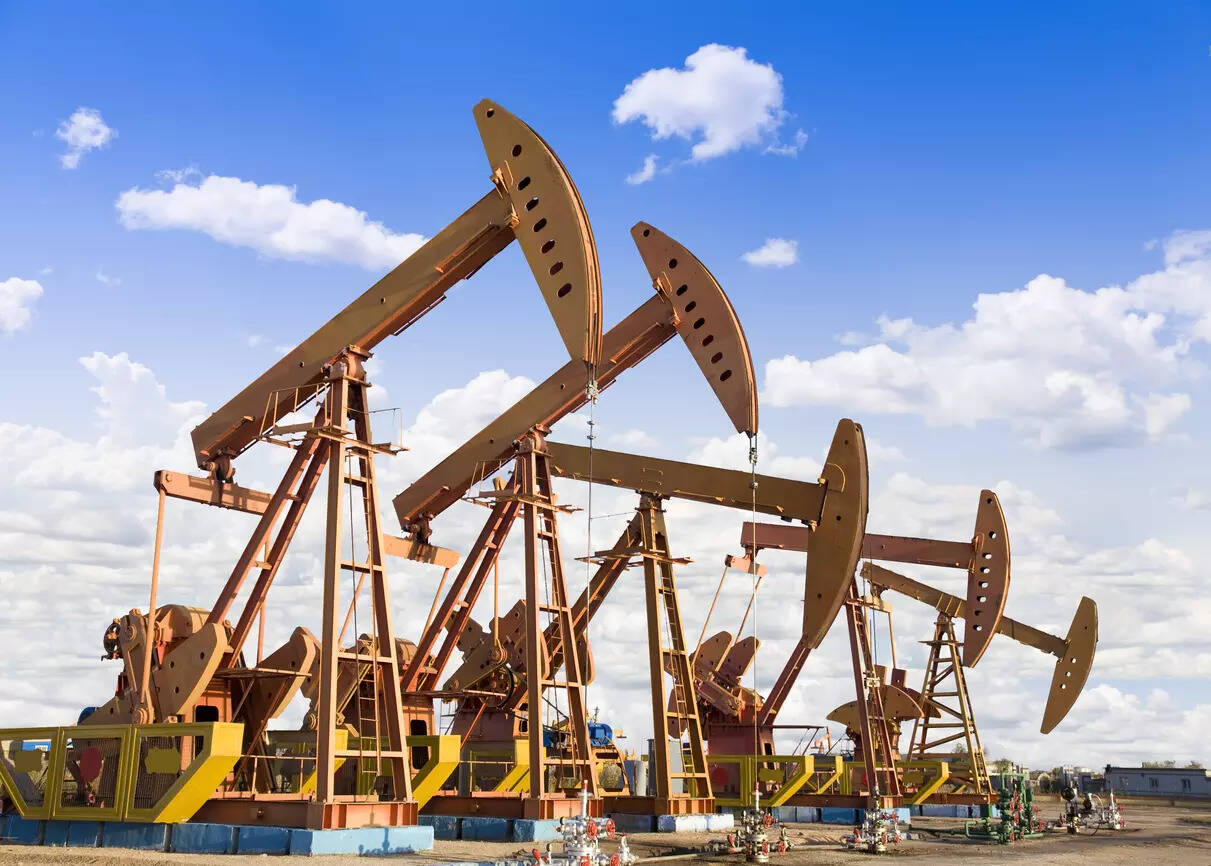
New Delhi: The global oil industry could meet demand through 2050 from existing fields without major new discoveries, provided recovery rates are improved, according to a new analysis by consultancy firm Wood Mackenzie.
The report estimates that global liquids demand under its base-case Energy Transition Outlook scenario will be just under 1 trillion barrels between now and 2050. Current onstream fields are expected to fall short by nearly 300 billion barrels, a deficit that would rise by another 50 billion barrels under a delayed transition scenario.
“The oil industry’s challenge is enormous,” said Andrew Latham, Senior Vice-President for Energy Research at Wood Mackenzie. “Without upgrades to current development plans, today’s onstream fields are set to fall short by almost 300 billion barrels.”
AI-driven insights into recovery
Wood Mackenzie’s Synoptic AI-powered analysis of more than 30,000 fields shows existing reserves are far from exhausted. The consultancy’s new Analogues feature, using machine learning across more than 60 parameters, identified that improved recovery could yield between 470 billion and over 1,000 billion barrels. The firm said these gains could be achieved by applying established practices already in use across the industry, rather than relying on unproven technologies.Upside potential lies largely within onshore and shallow offshore fields, accounting for 63 per cent and 31 per cent of best-in-class opportunities respectively. Deepwater fields, typically operated by international companies with advanced technological access, hold less than 6 per cent of remaining upside.
NOCs dominate recovery potential
National oil companies (NOCs) and state-owned enterprises control nearly 70 per cent of this recovery potential. Wood Mackenzie estimates that these operators manage fields containing over 320 billion barrels of upside potential at top-quartile performance and as much as 700 billion barrels on a best-in-class basis. Iran, Venezuela, Iraq and Russia were identified as having the largest potential.By contrast, international oil companies, despite operating higher-quality fields and demonstrating stronger recovery factors, account for only 6 per cent of the upside due to already high levels of performance. “The future of oil supply will be increasingly onshore and NOC-operated,” said Latham.
Partnerships and investment critical
The study underlines a mismatch between resources and expertise. While NOCs operate fields with significant geological potential, their recovery factors remain below the industry average of 29 per cent, compared to the 39 per cent achievable under best-in-class performance.
Wood Mackenzie said bridging this gap will depend on technology partnerships, better access to capital, and attractive commercial terms for international players. “More opportunities exist in producing fields than available capital,” the analysis noted, adding that host governments must offer favourable terms to secure optimal operators.
Supply security without new discoveries
The findings challenge the long-held view that new oil discoveries are essential to meet demand. Since the 1980s, supply additions have largely come from upward revisions to existing fields rather than fresh discoveries, with the discovery-production gap widening every decade.
While the industry holds nearly 2 trillion barrels in undeveloped greenfield resources, Wood Mackenzie said less than 10 per cent appears commercially viable under current conditions, leaving most resources stranded due to cost and technical barriers.
“Security of supply need not depend on unpredictable exploration results or unproven technologies,” the analysis concluded. “Existing fields and proven recovery methods can meet the challenge with the right partnerships and investment approaches.”
Achieving top-quartile performance industry-wide would lift average recovery factors from 29 per cent to 34 per cent, adding 470 billion barrels of reserves and reshaping global supply security. “Improved recovery factors will be essential to meeting future demand,” Latham said. “AI now allows us to better understand the potential of existing fields and how much new supply may actually be needed.”>


